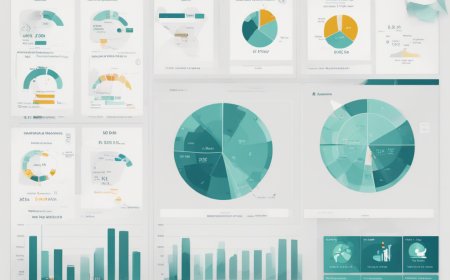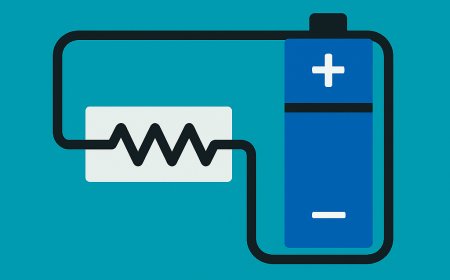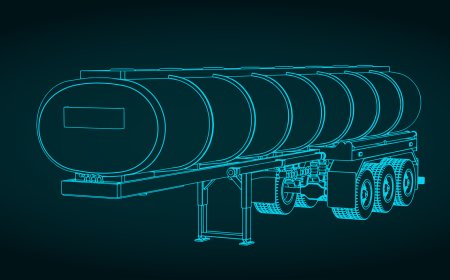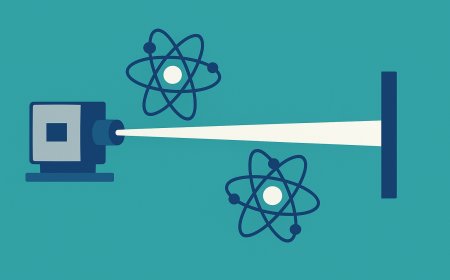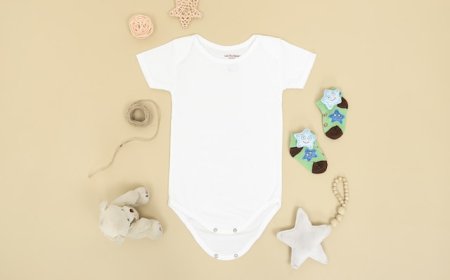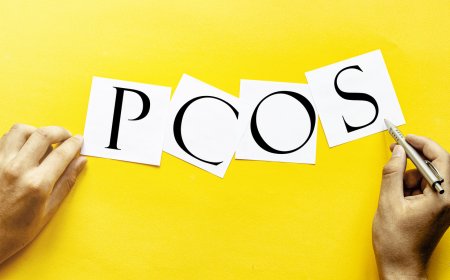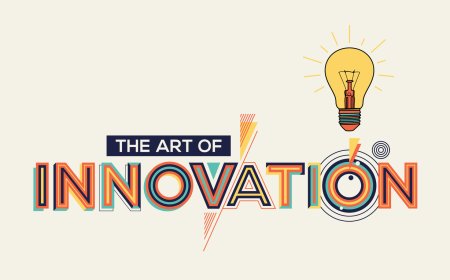The Nexus of Knowledge: A Closer Look at Correlation in Research Methodology
Deepen your understanding of correlation in research methodology, its types, interpretation, and importance in various research contexts. Explore the challenges and limitations of correlation coefficients.

Correlation is a fundamental concept in research methodology, providing valuable insights into the relationships between variables. As expert scientists, understanding the intricacies of correlation is essential for designing robust studies, interpreting data, and drawing meaningful conclusions. In this article, we delve into the nuances of correlation, exploring its types, interpretation, and importance in various research contexts, as well as the challenges and limitations that come with it.
Types of Correlation
Correlation measures the strength and direction of a relationship between two variables, typically represented by a correlation coefficient (r) that ranges from -1 to 1. There are several types of correlation, each with its unique characteristics and applications:
Pearson correlation: The Pearson correlation coefficient (r) is the most common measure of linear association between two continuous variables. It assumes that the variables have a bivariate normal distribution and a linear relationship. An r value close to 1 or -1 indicates a strong positive or negative correlation, respectively, while a value close to 0 indicates little to no correlation.
Spearman correlation: The Spearman rank correlation coefficient (ρ or rs) assesses the monotonic relationship between two variables by comparing the ranks of the data points. It's a nonparametric measure, making it suitable for ordinal or non-normally distributed data.
Kendall's Tau: Kendall's Tau (τ) is another nonparametric rank correlation coefficient, similar to Spearman's correlation. However, it's based on the number of concordant and discordant pairs in the data, making it more robust to outliers and less sensitive to sample size.
Interpreting Correlation Coefficients
Interpreting correlation coefficients goes beyond simply determining whether a relationship is positive or negative. Expert scientists must consider several factors, including the effect size, statistical significance, and context of the study:
- Effect size: The magnitude of the correlation coefficient provides an indication of the effect size, or the practical significance of the relationship. It's essential to consider effect size in conjunction with statistical significance, as a statistically significant result may not always imply practical importance.
- Statistical significance: Hypothesis testing using p-values helps determine whether the observed correlation is statistically significant, or unlikely to have occurred by chance. However, it's crucial to recognize that statistical significance does not guarantee causality or a practically significant relationship.
- Context: Considering the context of the research is vital for interpreting correlation coefficients accurately. Expert scientists must examine the underlying theories, potential confounding factors, and any other relevant information to draw meaningful conclusions from the correlation results.
Challenges and Limitations of Correlation in Research
While correlation is a valuable tool in research methodology, it comes with its challenges and limitations:
Causality: Correlation does not imply causation, and it's crucial for expert scientists to recognize this limitation. Establishing causality often requires experimental designs or additional analyses, such as mediation or moderation analyses, to investigate the underlying mechanisms.
Multicollinearity: In multiple regression, the presence of high correlations among independent variables (multicollinearity) can lead to unstable estimates and inflated standard errors, making it challenging to determine the unique contributions of each variable.
Nonlinearity: Correlation coefficients assume a linear or monotonic relationship between variables, potentially overlooking more complex nonlinear associations. Expert scientists may need to employ alternative techniques, such as polynomial regression or generalized additive models, to explore nonlinearity.
Confounding factors: Correlations can be influenced by confounding factors, which are variables that affect both the independent and dependent variables. Proper study design, statistical control, or advanced statistical methods like propensity score matching can help address confounding.
Conclusion:
In conclusion, correlation is a powerful tool in research methodology, providing valuable insights into the relationships between variables. By deepening our understanding of its types, interpretation, and importance in various research contexts, expert scientists can more effectively design studies, analyze data, and draw meaningful conclusions. Recognizing the challenges and limitations of correlation coefficients is also crucial to ensure the robustness and validity of research findings, ultimately contributing to the advancement of knowledge in the scientific community.
Disclaimer: The image(s) featured in this article are for illustrative purposes only and may not directly depict the specific concepts, situations, or individuals discussed in the content. Their purpose is to enhance the reader's understanding and visual experience. Please do not interpret the images as literal representations of the topics addressed.
What's Your Reaction?










